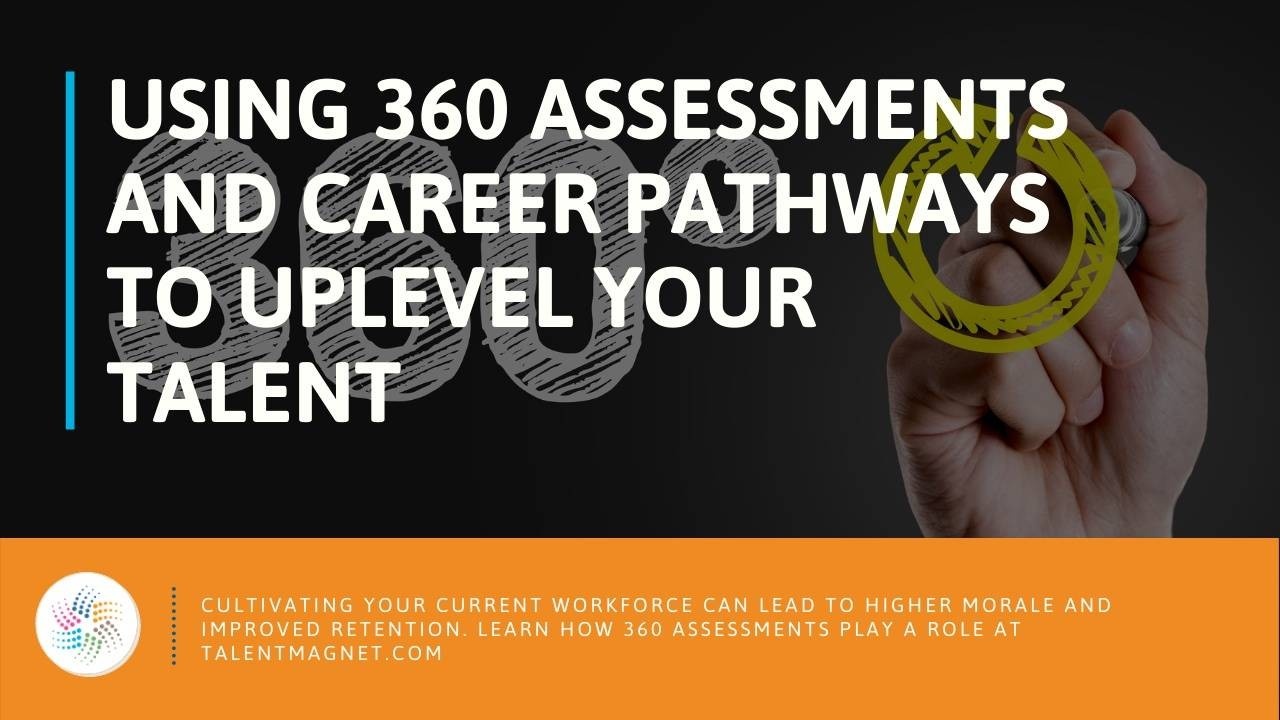Rethinking Employee Reviews: A Better Way to Grow Your Team
Mar 16, 2021
Employee reviews and assessments aren’t just performance checkpoints—they’re powerful development tools. When done right, they offer employees valuable feedback while giving leaders deeper insight into each team member’s contributions. Together, these insights can uncover new opportunities for growth and even reveal career pathways that benefit both the individual and the organization.
That’s why more organizations are replacing traditional annual reviews with 360° assessments—also known as 360-degree feedback. Rather than relying on one person’s perspective or a set of metrics, 360s gather feedback from multiple sources (managers, peers, direct reports), creating a more accurate, well-rounded picture of an employee’s strengths and opportunities for growth.
But here’s the challenge: many leaders never see the full benefits of 360 assessments. With so many moving parts, it’s easy to get lost in the process and miss out on the powerful impact they can have on your team.
The good news? It doesn’t have to be complicated. Let’s explore how to simplify the process and use 360s to cultivate talent, boost morale, and improve retention—all while creating a more engaged and high-performing workforce.
Imagine this: Your team has clarity on their strengths, feels genuinely supported in their growth, and sees a clear path for advancement—all because of one smart leadership move.
Download the 360° Assessment Building Blocks Guide now and take the first step toward building a stronger, more successful team.

